Space News & Blog Articles
Photos: Atlas 5 rocket flies on ULA’s first mission of 2022
A United Launch Alliance Atlas 5 rocket took off Jan. 21 from Cape Canaveral, climbing off of launch pad 41 with thrust from its Russian-made RD-180 main engine and a single Northrop Grumman solid rocket booster to carry two U.S. military satellites into orbit.
These images from Spaceflight Now’s photographers show the Atlas 5 rocket’s 2 p.m. EST (1900 GMT) liftoff from Florida’s Space Coast with two satellites for the Space Force’s Geosynchronous Space Situational Awareness Program.
The asymmetrical thrust from the rocket’s main engine and strap-on booster caused the Atlas 5 to launch with a noticeable sideways slide, as designed, as it began a nearly seven-hour mission to deploy the GSSAP satellites into orbit more than 22,000 miles (nearly 36,000 kilometers) over the equator.
The launch marked the first and only use of the Atlas 5’s “511′ configuration with a large 5.4-meter (17.7-foot) diameter payload fairing and a single strap-on booster. The Atlas 5 rocket comes in 11 different variants, each optimized for a specific payload mass going to a certain orbital destination. The Atlas 5-511 was the last of the 11 configurations to fly.
The GSSAP satellites roam geosynchronous orbit to detect, track, and characterize other spacecraft and space debris.
Read our full story for details on the mission.
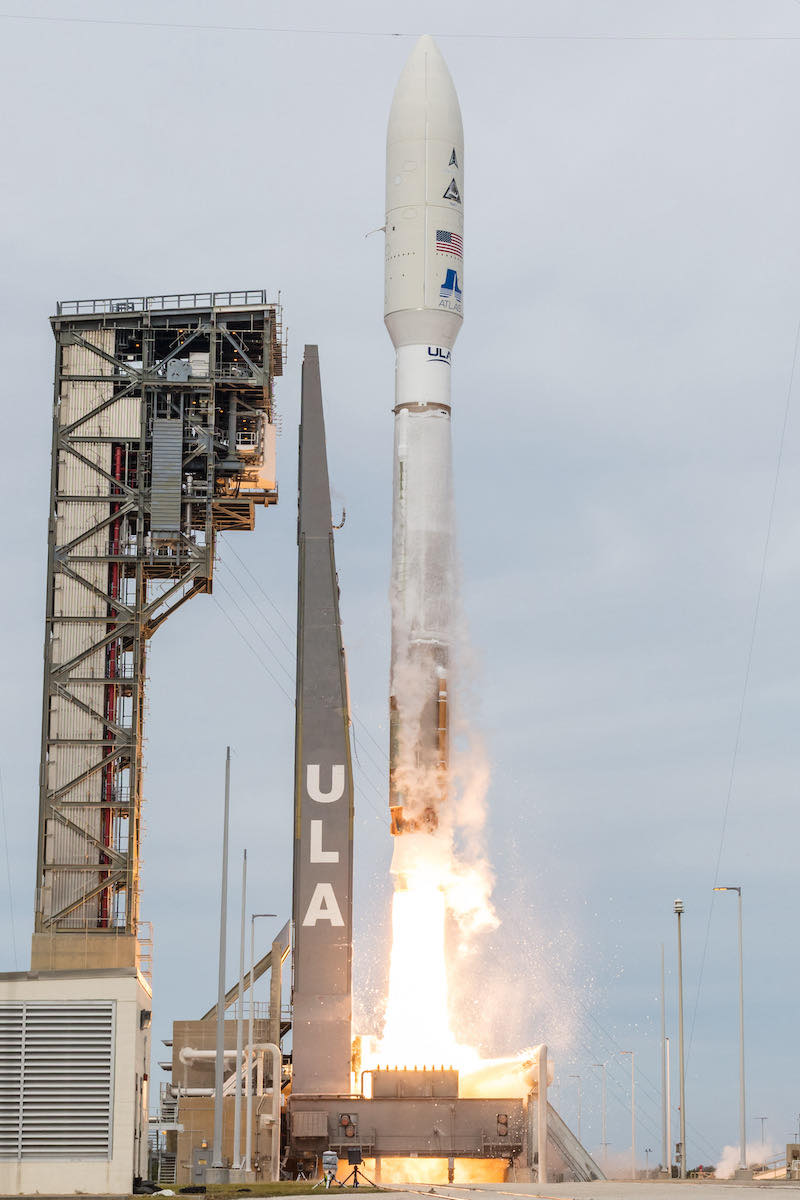 Credit: Alex Polimeni / Spaceflight Now
Credit: Alex Polimeni / Spaceflight Now
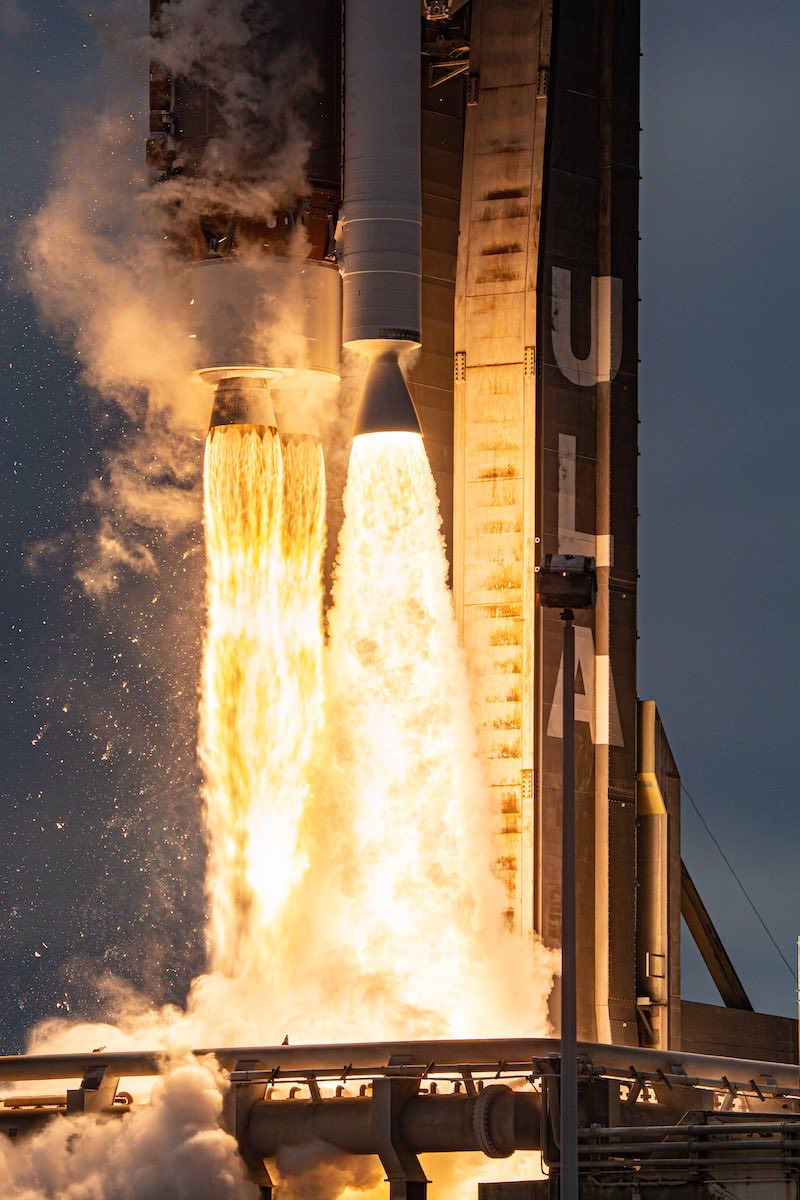 Credit: Michael Cain / Spaceflight Now / Coldlife Photography
Credit: Michael Cain / Spaceflight Now / Coldlife Photography
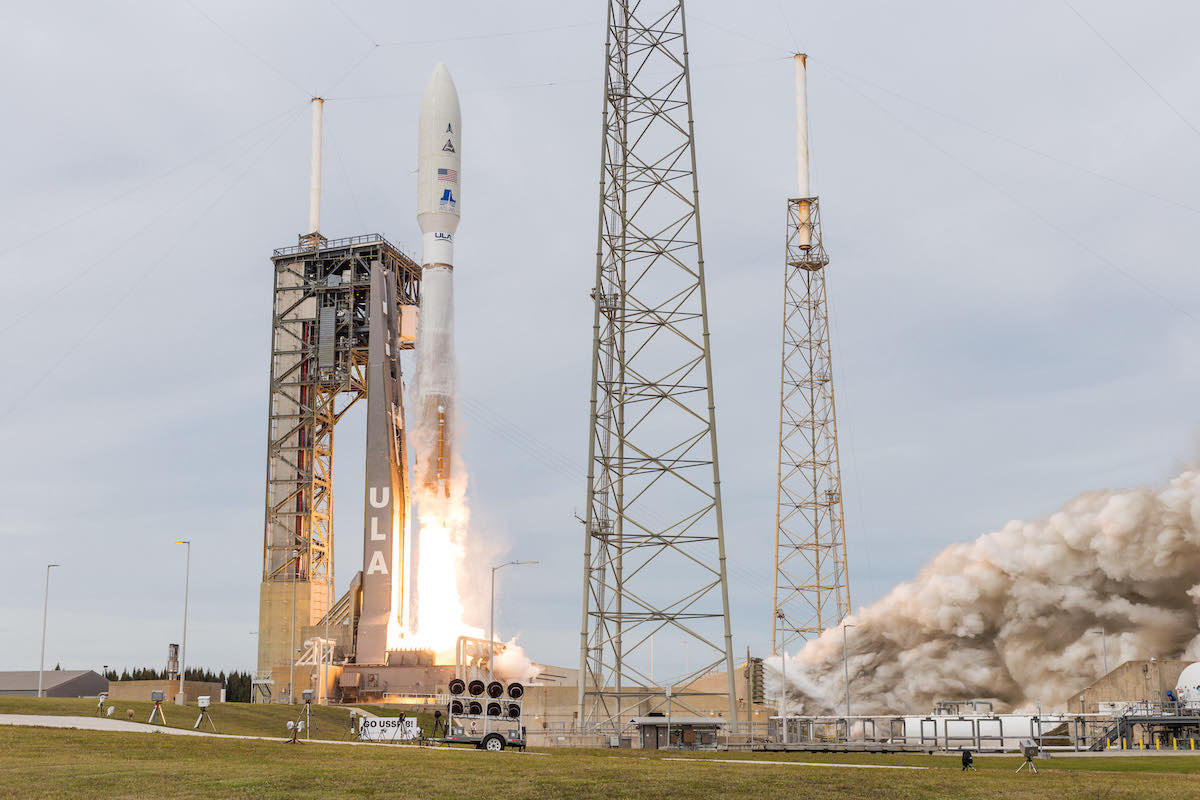 Credit: Alex Polimeni / Spaceflight Now
Credit: Alex Polimeni / Spaceflight Now
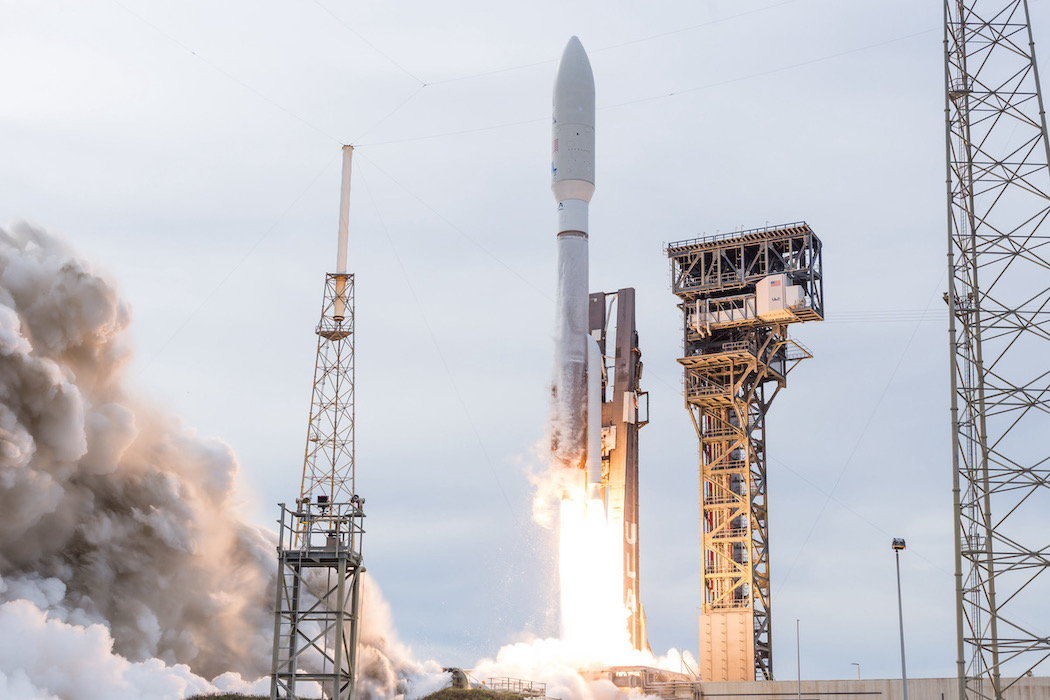 Credit: Alex Polimeni / Spaceflight Now
Credit: Alex Polimeni / Spaceflight Now
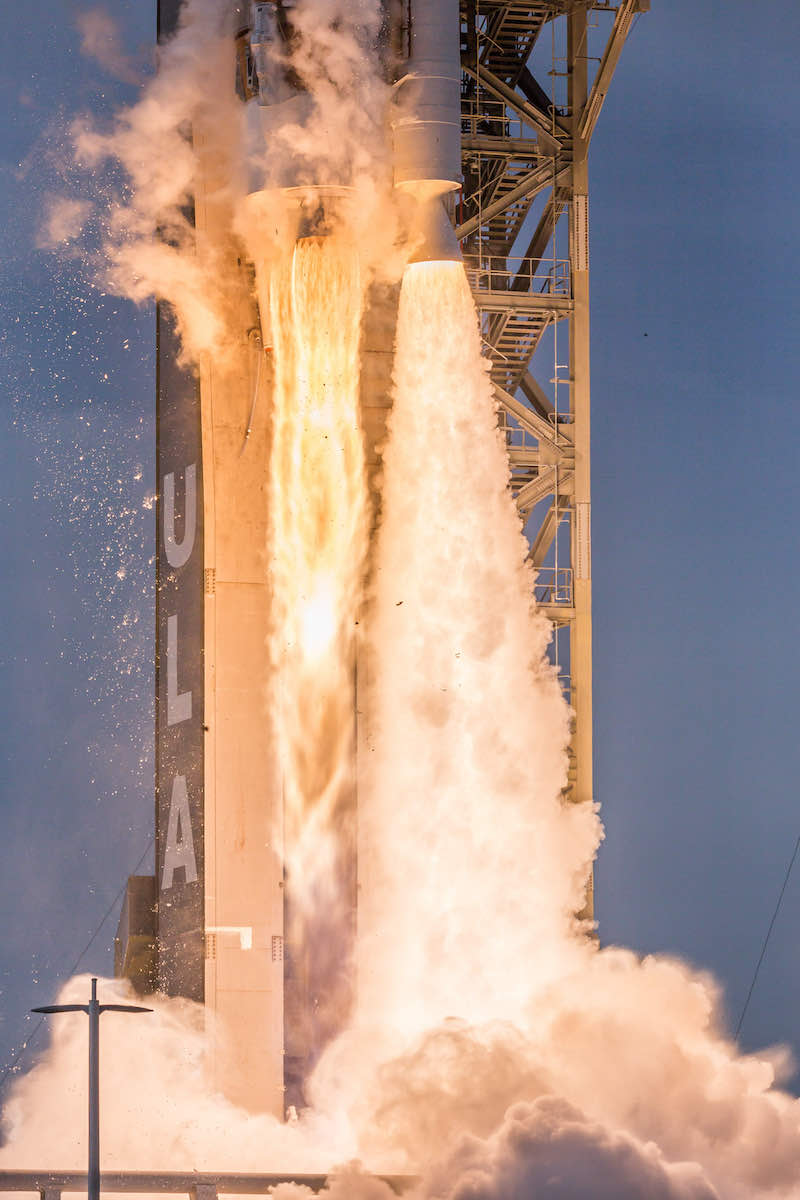 Credit: Alex Polimeni / Spaceflight Now
Credit: Alex Polimeni / Spaceflight Now
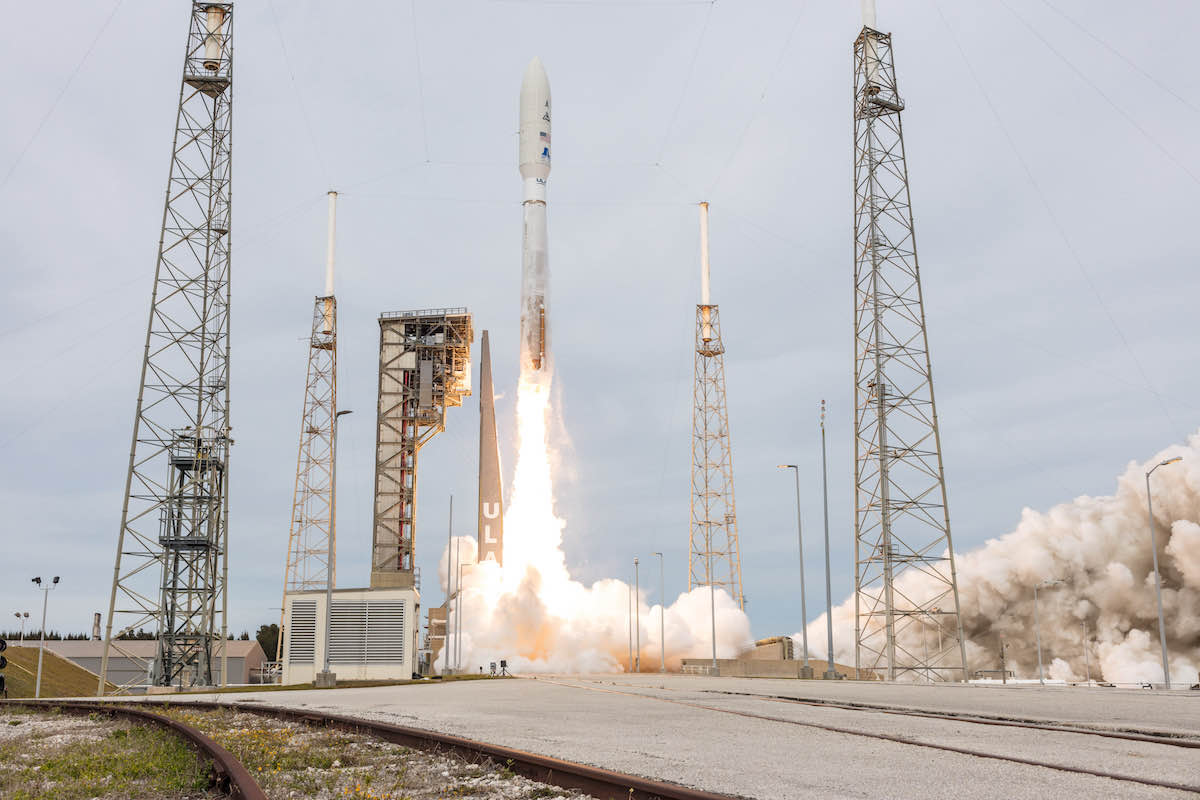 Credit: Alex Polimeni / Spaceflight Now
Credit: Alex Polimeni / Spaceflight Now
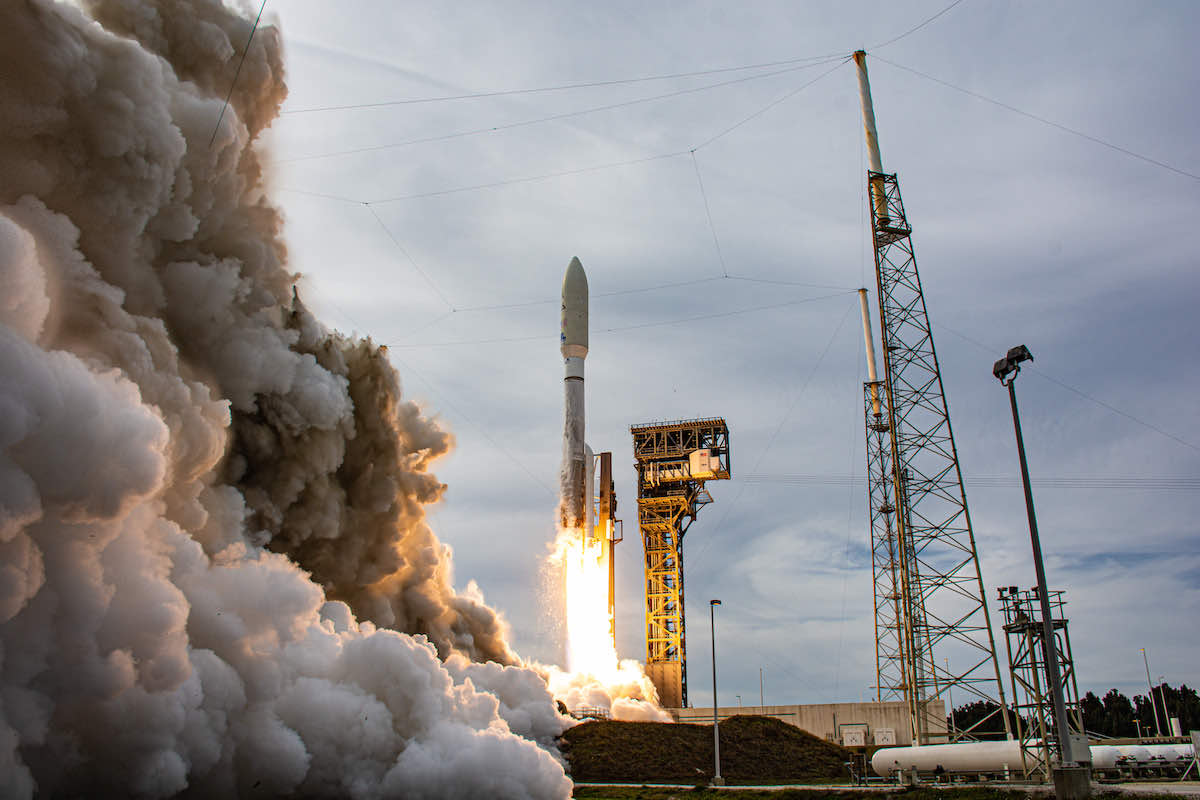 Credit: Michael Cain / Spaceflight Now / Coldlife Photography
Credit: Michael Cain / Spaceflight Now / Coldlife Photography
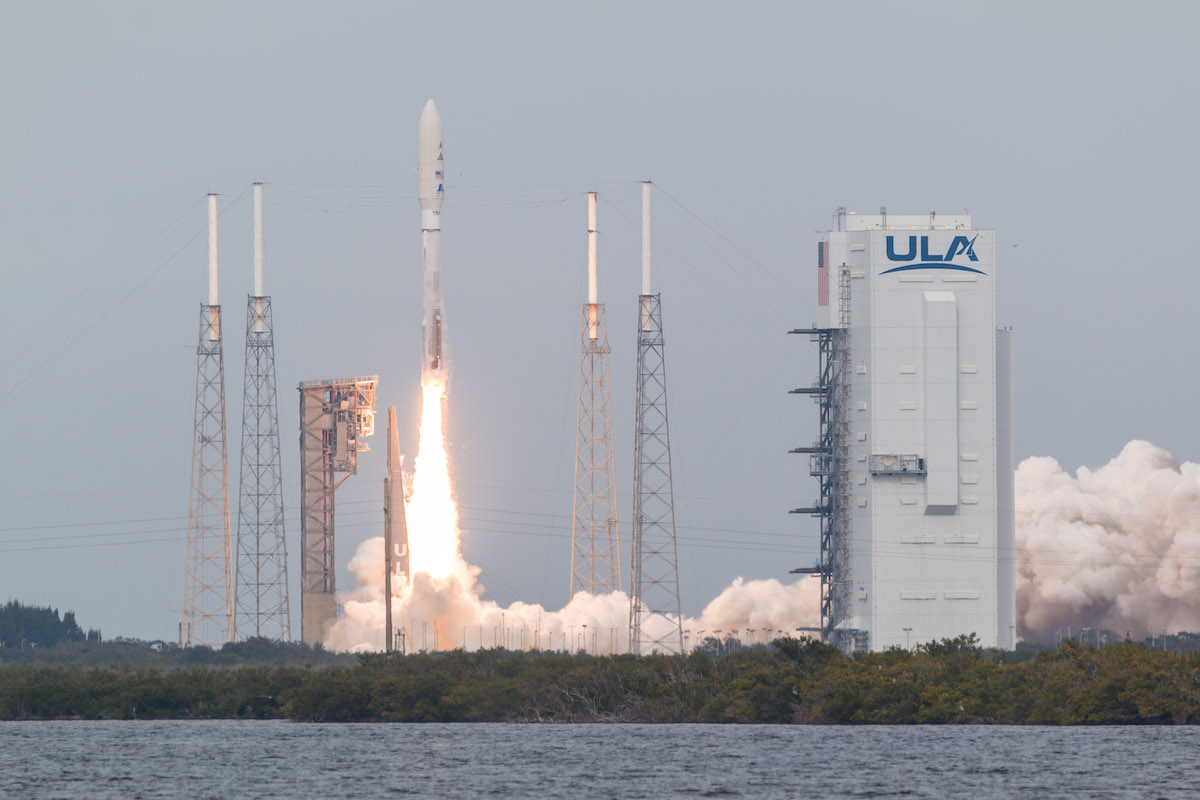 Credit: Alex Polimeni / Spaceflight Now
Credit: Alex Polimeni / Spaceflight Now
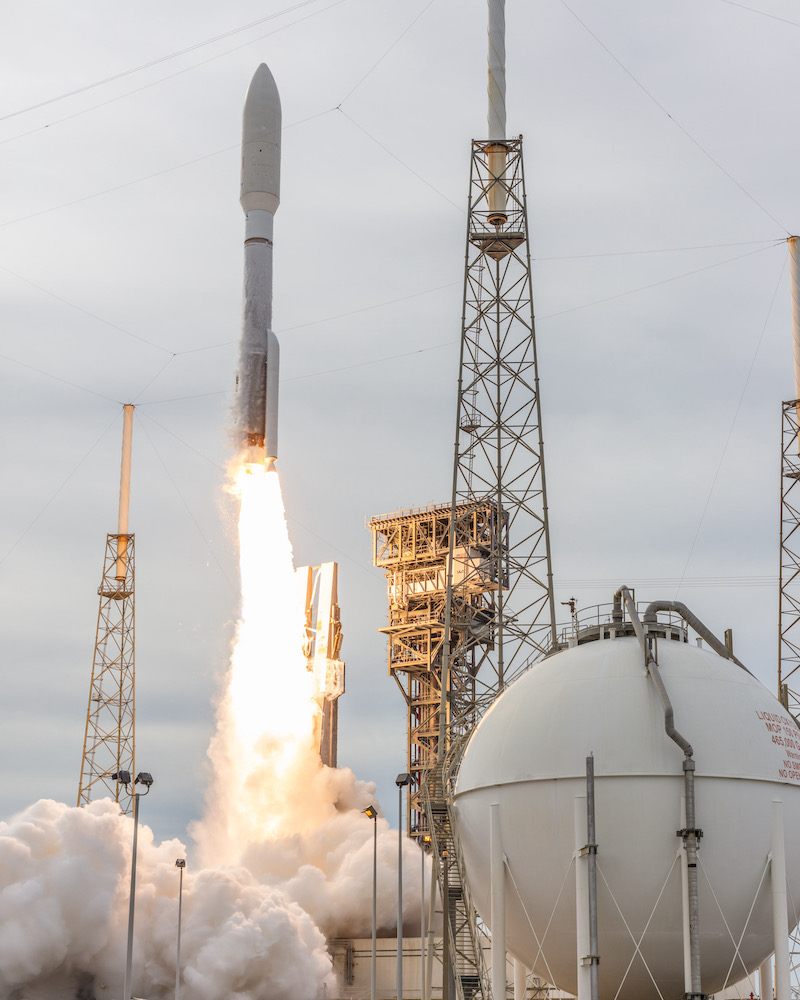 Credit: Alex Polimeni / Spaceflight Now
Credit: Alex Polimeni / Spaceflight Now
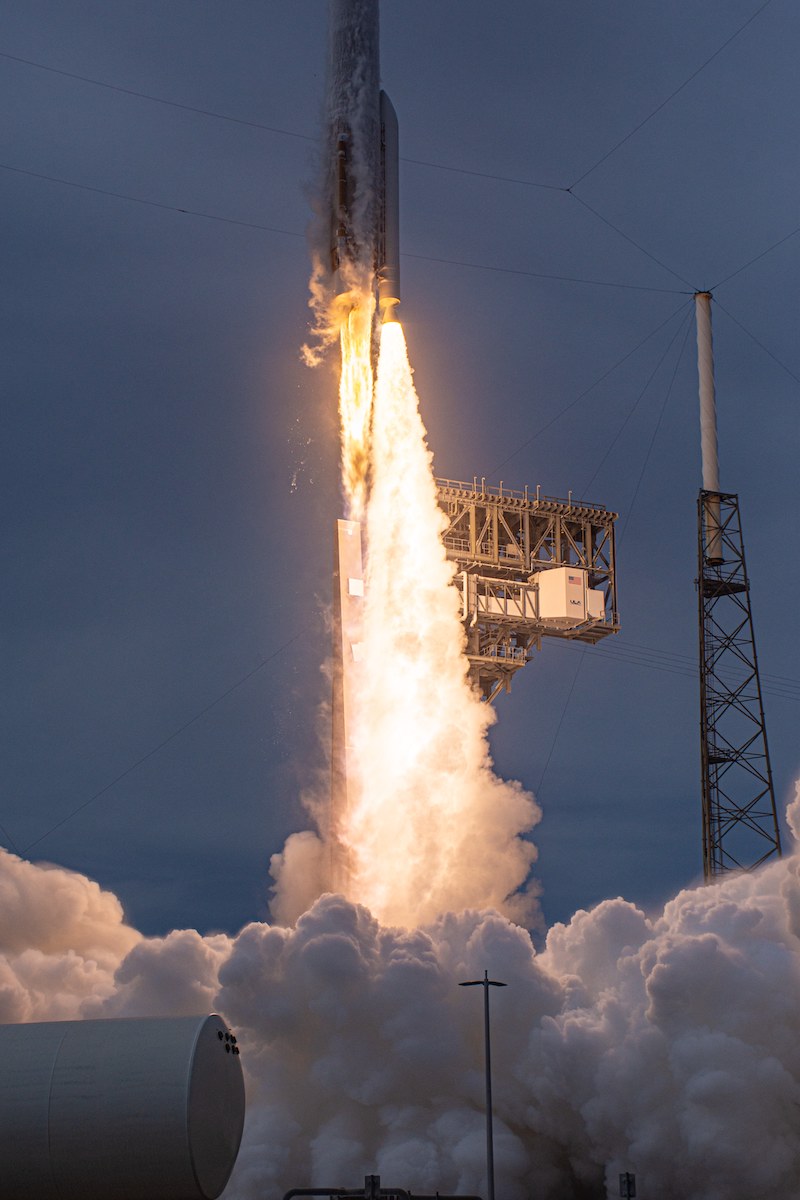 Credit: Michael Cain / Spaceflight Now / Coldlife Photography
Credit: Michael Cain / Spaceflight Now / Coldlife Photography
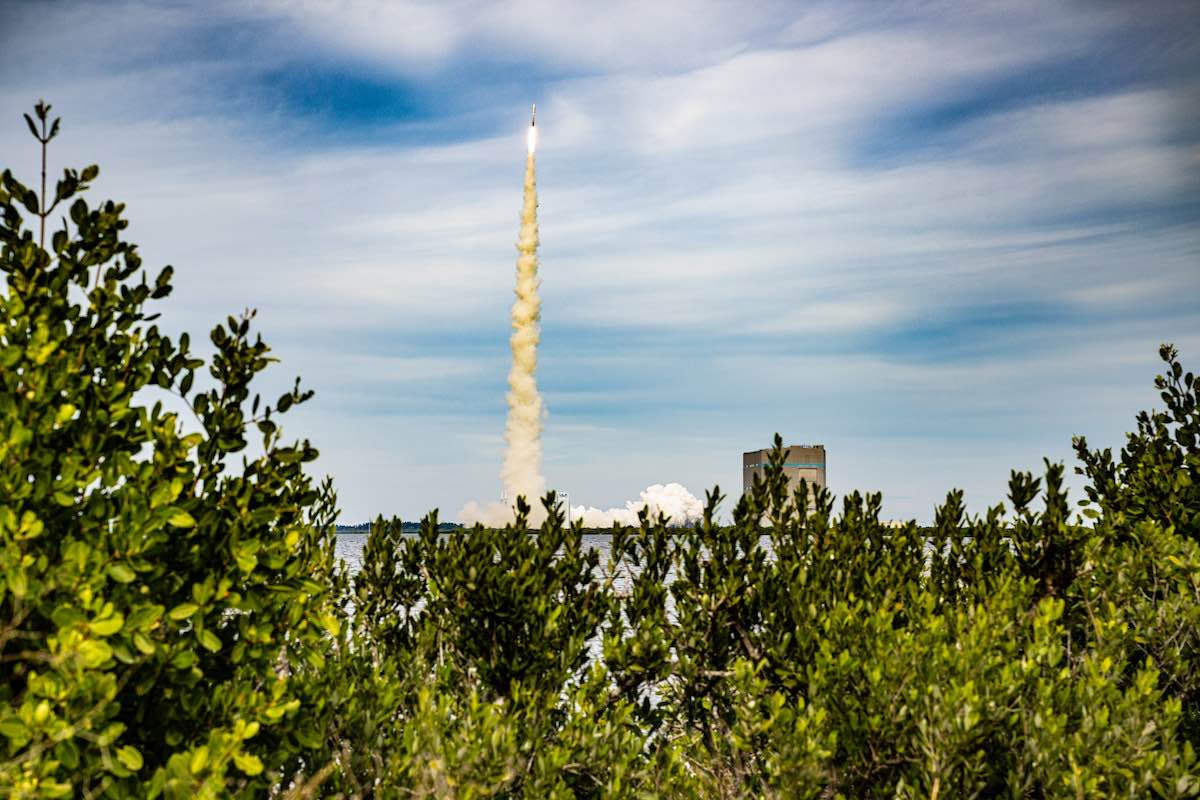 Credit: Michael Cain / Spaceflight Now / Coldlife Photography
Credit: Michael Cain / Spaceflight Now / Coldlife Photography
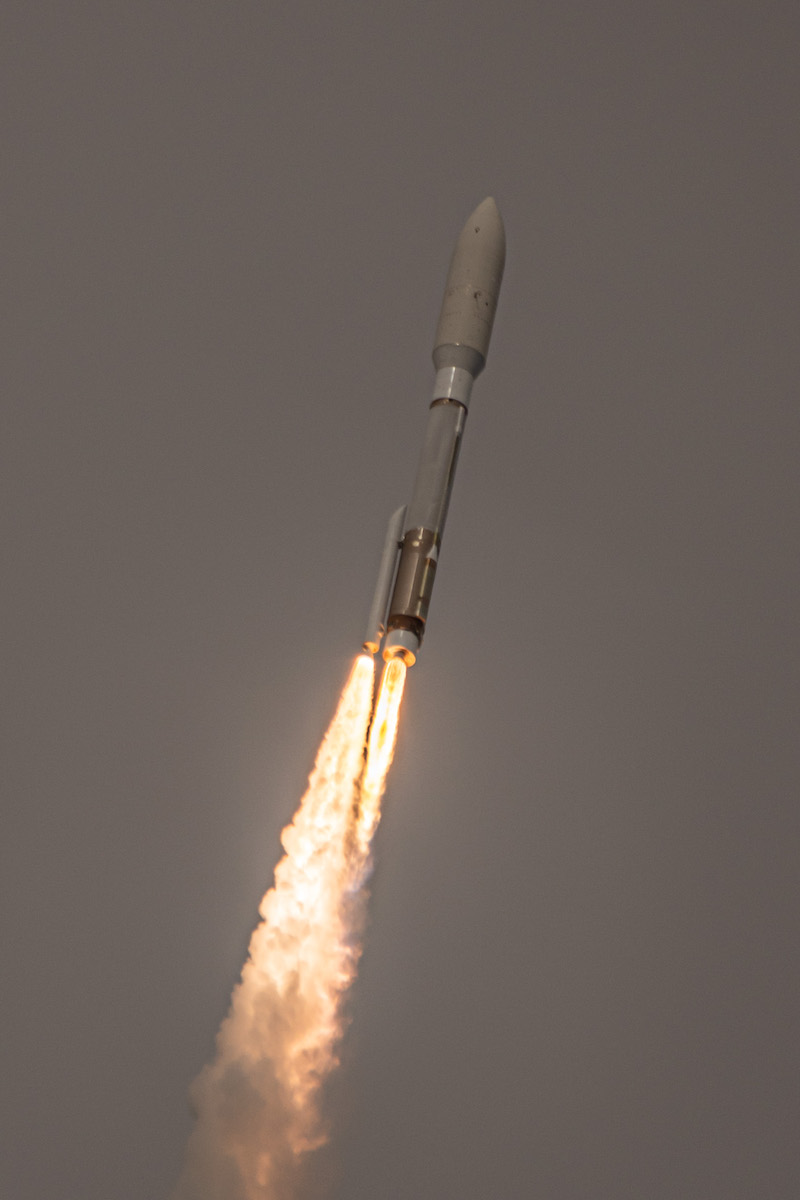 Credit: Michael Cain / Spaceflight Now / Coldlife Photography
Credit: Michael Cain / Spaceflight Now / Coldlife Photography
This email address is being protected from spambots. You need JavaScript enabled to view it. the author.
Follow Stephen Clark on Twitter: @StephenClark1.
When you subscribe to the SpaceZE News Feed, we will send you an e-mail when there are new updates on the site so you wouldn't miss them.

